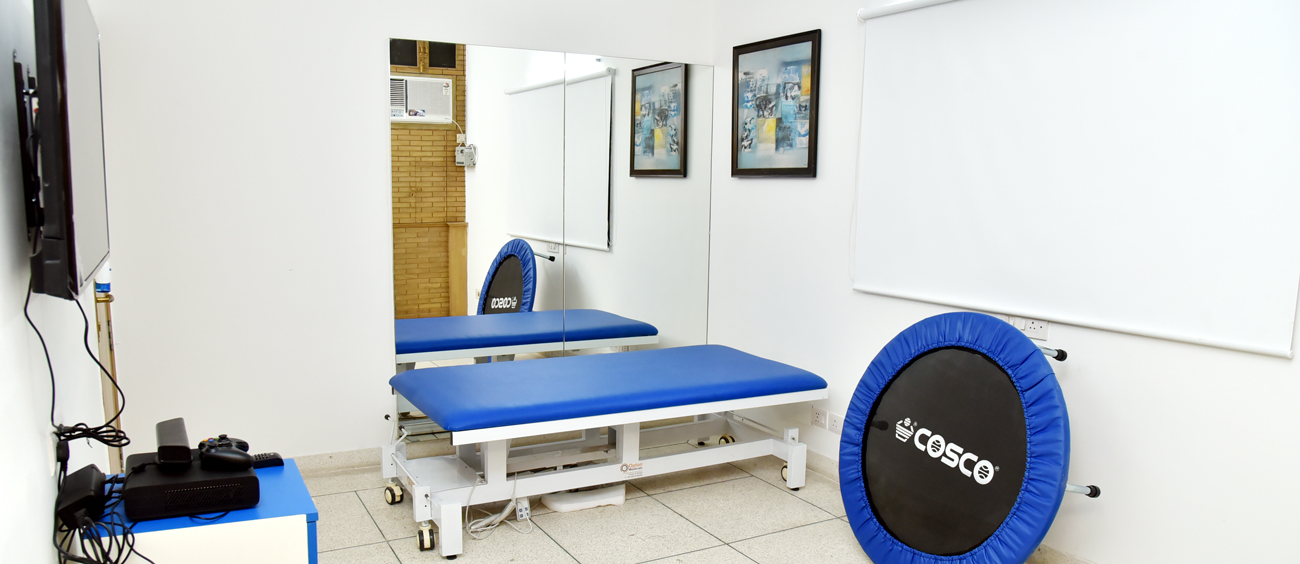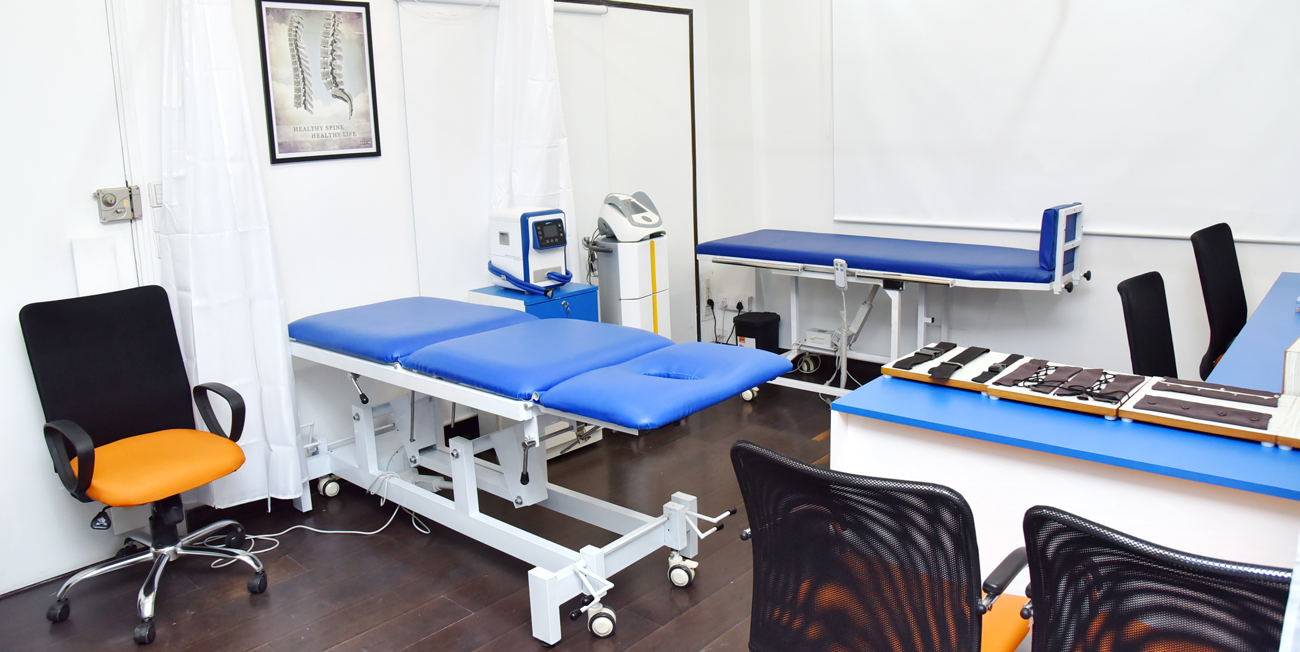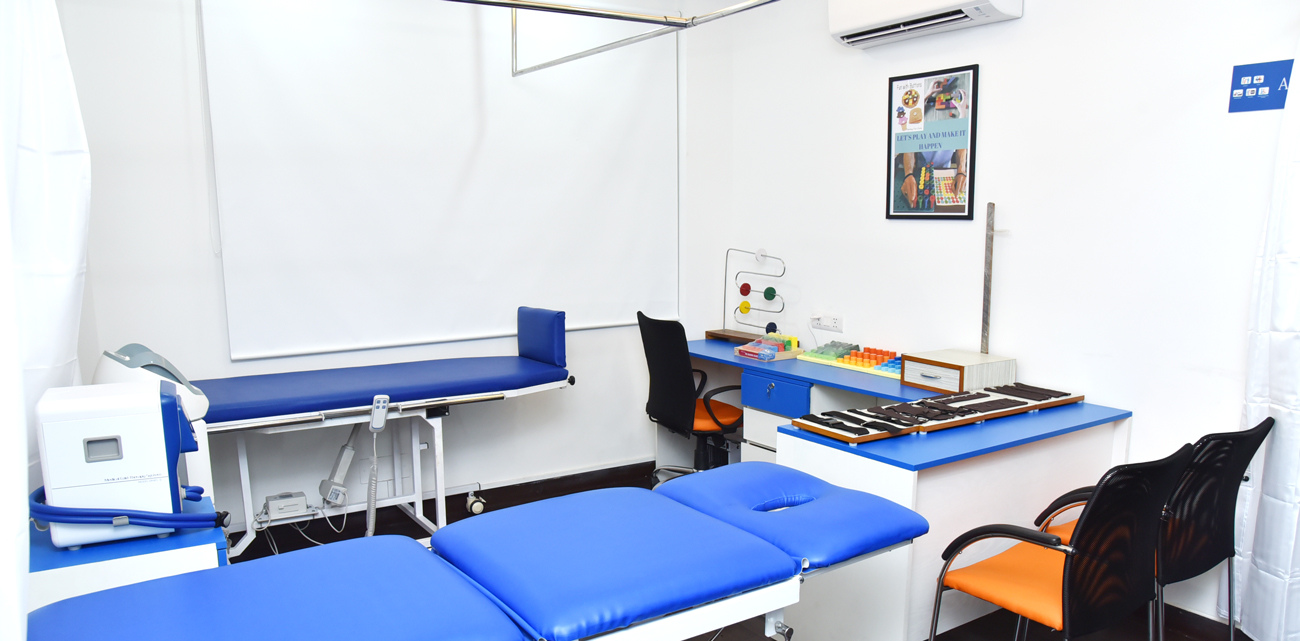Whar is Functional Electrical stimulation?
In the health-care professions, electrical stimulation is used for three
purposes: to aid diagnosis; as a therapeutic tool; and to restore lost or damaged functions.
Functional electrical stimulation (FES) is a rehabilitative technique
where low level electrical voltages and currents are applied to an
individual in order to improve or restore function lost to injury or disease.
FES itself can also be conveniently divided into three classes, according to purpose:
the restoration of sensor functions;
the restoration of skeleto-motor functions; and the restoration of autonomic functions.
Most FES devices and systems are known then as “neuroprostheses” because through electrical
stimulation they artificially modulate the excitability of neural tissue in order to restore function.
While sometimes used synonymously with FES, the term functional neuromuscular stimulation (FNS)
is most commonly used to describe only those FES technologies that are applied to the neuromuscular system
in order to improve quality of life for people disabled by stroke, spinal cord injury, or other neurological
conditions that result in impaired motor function (e.g., the abilities to move or breathe). Another technology
closely related to FES is that of therapeutic electrical stimulation (TES), wherein electrical stimulation is
applied to provide healing or recovery of tissues (e.g., muscle conditioning and strengthening, wound healing). As will be seen, some FES and FNS technologies concurrently provide or rely upon such therapeutic effects in order to successfully restore lost function. For illustrative purposes,
much of this article is centered on FNS and related TES devices and technologies.






